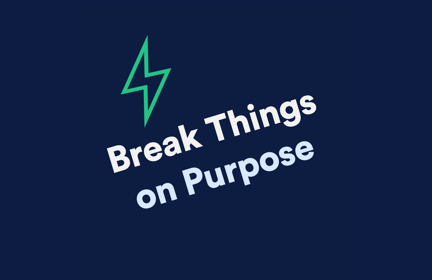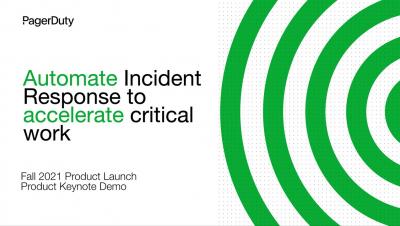How Well Does Your Infrastructure Support Major Incident Management?
Effective major incident management depends on many things, including planning, precise execution, effective communication, and applying learnings from previous incidents to update those plans. Traditional major incident management wisdom addresses the importance of the remediation process, but it doesn’t speak on the issue of configuring your IT infrastructure.











